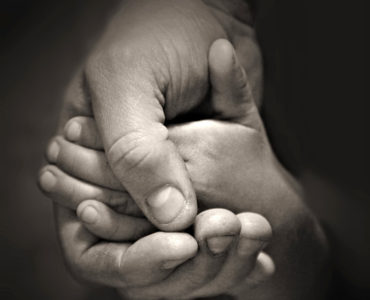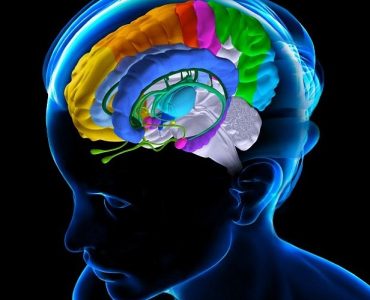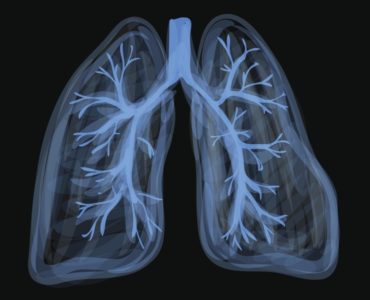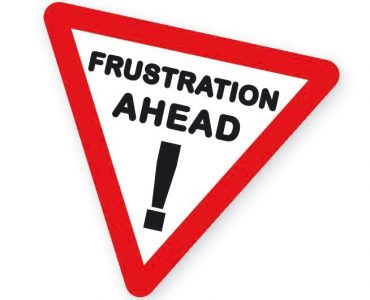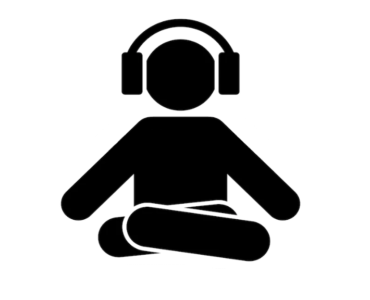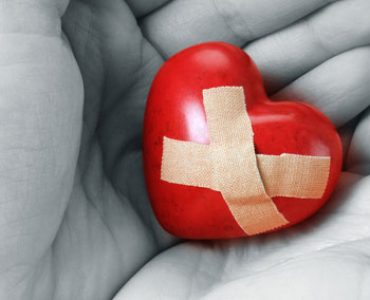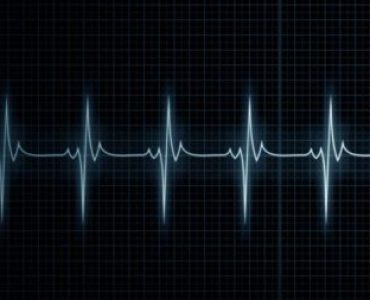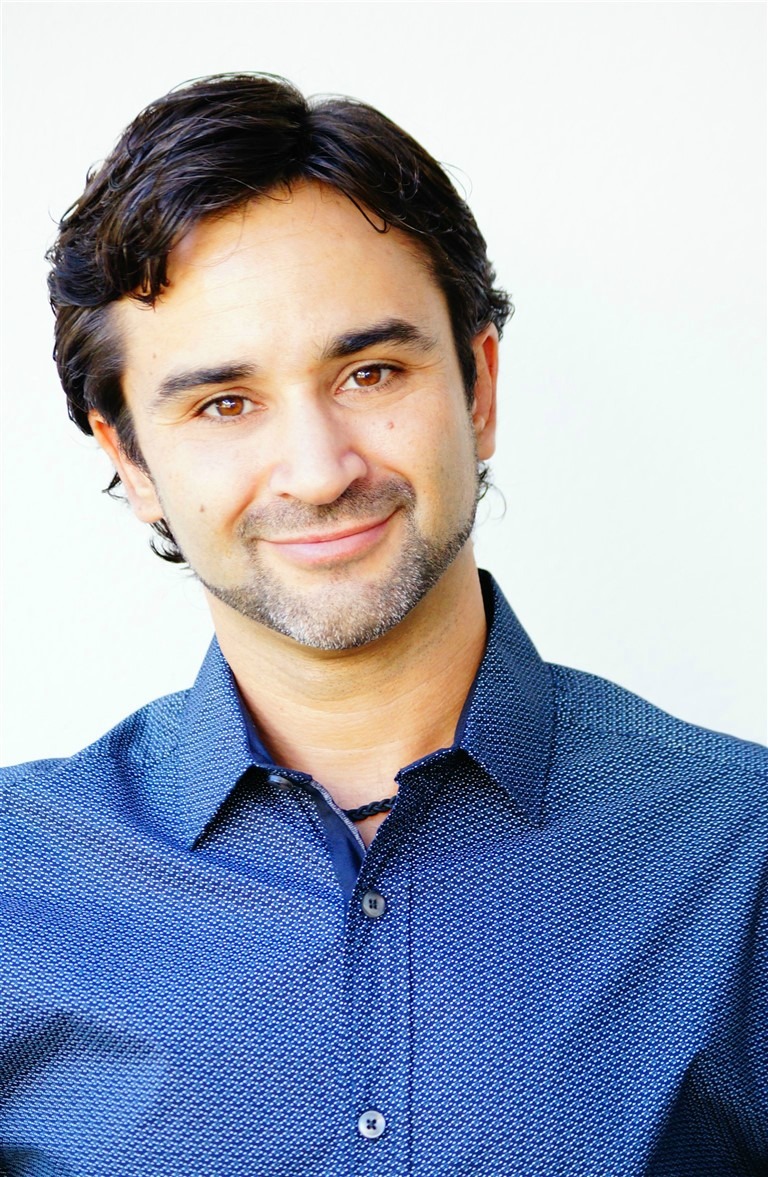Understanding Panic:
Panic Attacks vs Panic Disorder
Overview:
A panic attack refers to an intense experience of fear while being flooded by a physiological cascade of related symptoms. Although panic attacks feel terrible (and for many people this causes an additional layer of distress), they are non-life threatening and do not cause any long term harm. Yet, many people fear having another panic attack and paradoxically this makes it worse…
A panic attack usually occurs in conjunction with high levels of distress or anxiety, such as when a person’s ‘fight/flight’ response (aka ‘threat system’) becomes triggered. This often can happen at completely inappropriate or inconvenient times (such as in social situations, while engaging in an activity, or even when trying to sleep). Panic attacks can also often happen when people who already have high anxiety or symptoms of panic then engage in unhelpful thoughts about what their physical symptoms might mean (i.e., this then causes ‘anxiety about anxiety’ which increases arousal and makes a panic attack more likely).
However, for people who do not understand what a Panic Attack is, or for people who develop fears around the consequences of having further panic attacks, this often leads to a range of difficulties associated with avoidance – Avoidance in order to prevent another panic attack at all costs.
Although avoidance is understandable (it makes sense to want to avoid negative feelings!), unfortunately, this ultimately backfires because being ‘anxious about having anxiety’ will only make you even more anxious. When When this struggle gets in the way of a person being able to live their lives, this referred to as a Panic Disorder: The fear and disabling avoidance associated with trying to not have another panic attack.
Fortunately, panic attacks are not harmful in any way. They are well-understood and are common, particularly when people are under a lot of stress. This means that with some education about anxiety and your brain’s threat system, some skills around how to regulate your physiology, and some skills to help you to ‘unhook’ from unhelpful thoughts so that you can learn to better tolerate the physiological symptoms of arousal, anxiety and panic. Once you are able to do this, you will be no longer pushed around by your mind’s interpretation of your body’s activity as being ‘dangerous’ and this will begin an upward spiral of confidence that will set you free again.
The specifics of Panic Attacks are addressed below. This will be contrasted with the criteria for a Panic Disorder. Following this will be an outline of how you can learn to work with and overcome the unwanted mental and physical arousal that maintains the cycle.
Panic Attacks:
Panic Attacks feel terrible – in one minute you can go from being completely calm to experiencing a complete surge in fear, discomfort, and other physical symptoms. Panic attacks are surprisingly common and can occur with stress, anxiety, depression, OCD, PTSD and all other disorders. We now know that up to 40 per cent of the population will experience a panic attack at some time in their life.
Panic attacks are very misunderstood – they are not medically dangerous or life threatening. Yet, many people present to Emergency Departments concerned that they are having heart problems, only to find they have simply had a panic attack and are given a recommendation to see a Psychologist.
Panic attacks can be cued (triggered by something specific), or can occur completely un-cued. Panic attacks are usually a symptom of an anxiety disorder, but can also occur in depression, can be a side-effect of certain medications, or can occur due to substance use.
Panic Attacks are simply the body’s “Fight-Flight” response kicking into overdrive at inappropriate or unhelpful times. The “Fight-Flight” response is shorthand for: A cascade of physiological effects triggered by our Brain’s Threat System that happens automatically to prepare us to either escape from, or combat danger (eg, our breathing quickens, our heart rate speeds up, and we feel anxious or ‘pumped’, which enables us to run or combat danger).
Symptoms of a Panic Attack:
- A sense of overwhelming panic or fear
- Increased heart rate / heart-pounding / palpitations
- Trembling / shaking
- Chest pain / shortness of breath or feeling that there is not enough air
- Chills / hot-flushes
- Excessive sweating
- Feeling choked
- Feeling dizzy, light-headed or faint.
- Nausea or ‘butterflies’ in the stomach
- Fears that you are ‘losing control’ or ‘going mad’, dying, or choking
- People experiencing a panic attack may also experience ‘derealisation’; a sense that you or the world around you is not real. This symptom is thought to be associated with the physiological changes that occur in the body during the anxiety response.
Panic Disorder:
A Panic Disorder is an anxiety disorder involving recurrent (more than one) unexpected (un-cued) panic attacks, plus worry and avoidance of activity in order to prevent having another panic attack.
Because Panic attacks feel terrible, people who experience panic attacks often become extremely stressed and anxious about having another panic attack and may even become preoccupied with trying to prevent further panic attacks. However, all of this arousal paradoxically increases anxiety which only increases the likelihood of having further panic attacks (!).
Symptoms of Panic Disorder:
- Recurrent panic attacks
- Worry about having more panic attacks
- Worry that the panic attacks are a symptom of a serious illness
- Avoidance of places / situations, believed to be linked to past panic attacks
- Avoidance of activities that trigger physical symptoms that mimic a panic attack (e.g. exercise)
- Reassurance seeking (e.g. repeated medical tests, needing to have someone close by ‘just in case’)
So you see – A Panic Disorder is simply fear combined with lots of avoidance behaviours aimed at preventing having another panic attack. Once you are no longer afraid, and several therapies can help you achieve this, you will no longer meet the criteria for this disorder.
The Solution:
Usually, it is not until people learn about what anxiety is (i.e., anxiety is simply a collection of future-focused threat-based appraisals and predictions that co-occur with feelings of unease and an excess of physiological arousal, coupled with the desire to escape) AND they learn about what a panic attack is (discussed above), AND they become more familiar with what is going on in their bodies / minds, that they can start to tolerate the symptoms of panic and therefore reduce excessive worry and avoidance which is underlying the symptoms of their Panic Disorder.
Again, this requires an understanding of anxiety, learning about how our brain’s threat system works, learning how to regulate our physiology, and learning some mindfulness skills aimed at helping us to unhook from unhelpful thoughts stay in the present (anxiety is in the future, remember?), so we are better equipped and tolerate the physiological symptoms of panic attacks.
Just like ‘not being OK with’ having a panic attack increases arousal thereby increasing the likelihood of having further panic attacks, the reverse is true: Being OK with having a panic attack paradoxically reduces distress and threat about the symptoms in one’s body, which ultimately leads to increased feelings of calms which leads to panic attacks subsiding. An added benefit of learning to work with anxiety and panic this way is that ‘being more comfortable with the idea of having a panic attack, which also makes the experience of having further panic attacks more bearable.
Summary:
A Panic attack is not a medically threatening event. Panic Attacks are simply your body’s Threat System kicking in at inappropriate times – and because of the ‘feedback-loop’ between your body and fears in your mind, it is likely that you are misinterpreting the feelings in your body as a ‘THREAT!’ This increases your sense of anxiety/threat, which makes in more likely that you will have further panic attacks … and so the cycle continues.
Although panic attacks can have many causes, the main thing to acknowledge is that a panic attack is a sign that you are under a lot of stress. This is a call to action – you need to learn to better manage your stress, which includes learning about how stress affects your physiology, and how to regulate it using your mind and your body in ways that support and soothe you. The easiest skill that will provide the biggest relief is to learn how to sooth yourself via this simple breathing technique.
Unfortunately, Medications do not address the deeper psychological anxieties you may have about having further Panic Attacks. Because of the feedback loop between your body and mind outlined above, this leaves you vulnerable to having more. The best advice is to check out the resources below, and to seek the professional help of a friendly psychologist who can teach you about anxiety, the brain-body connection, and fine tune these skills.
If you are struggling with Panic Attacks, or think you might have Panic Disorder, remember: Although they do feel terrible and you probably wish they weren’t happening at all – A PANIC ATTACK IS NOT A LIFE THREATENING EVENT. There are many ways a Clinical Psychologist can help you understand and reduce your anxiety by teaching you practical skills – so don’t put up with panic attacks – seek professional help!
Other kinds of Anxiety Disorders:
-
Intense excessive worry about social situations (Social Anxiety Disorder)
-
Persistent or excessive worries (Generalized Anxiety Disorder)
-
Obsessive thoughts or repetitive behaviours that you can’t seem to control (Obsessive Compulsive Disorder)
-
An intense, excessive fear of animals, activities, places or situations (Phobias)
-
Upsetting memories (flashbacks), anxious or depressive rumination, or numbness following a traumatic event that interferes with ability to function in life (Post Traumatic Stress Disorder).
Resources:
-
Your Window of Tolerance
-
Your Brain’s 3 Emotion Regulation Systems
-
How to do Soothing Rhythm Breathing
-
What is Mindfulness ?
-
Read about the other types of Anxiety
-
You and Stress
Book an Appointment




